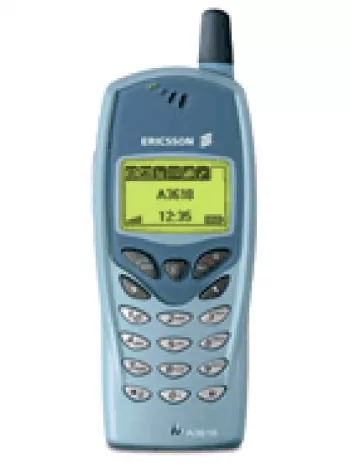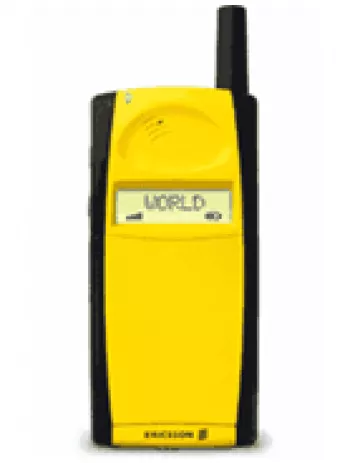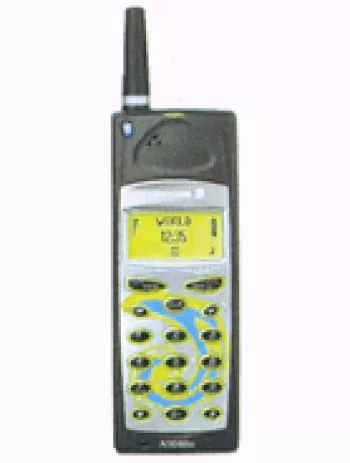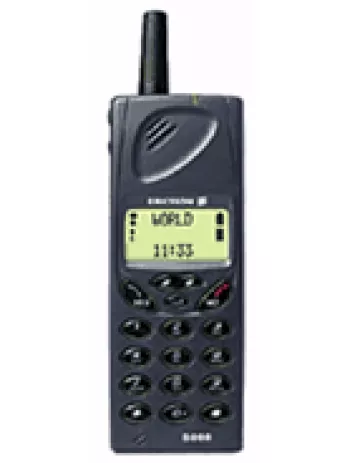
Overview of the Ericsson T28s
The Ericsson T28s was a revolutionary mobile device in its time, boasting an innovative design and compact form factor that appealed to many consumers. Introduced in the late 1990s, the phone cemented Ericsson’s place as one of the leaders in mobile technology during a rapidly evolving digital landscape. While today’s standards of smartphones include expansive touchscreens and powerful processors, the Ericsson T28s offered what was, at the time, a modern solution to mobile communication.
Design and Build Quality
One of the defining features of the Ericsson T28s is its slim and elegant design. Measuring 97 x 50 x 15 mm and weighing just 83 grams, the device was among the thinnest and lightest phones available during its release. The compactness allowed it to fit easily in pockets, making it a convenient choice for users who desired portability. Its flip design not only protected the keypad when closed but also added a level of sophistication to its appearance. The T28s was available in a sleek combination of colors that emphasized its modern aesthetic.
Display
The phone featured a monochrome graphic display, which was typical of the era. Although the screen resolution of 101 x 33 pixels might seem limited today, it provided a clear and legible interface for text display, accommodating up to three lines of text simultaneously across 12 characters each. Despite the minimal color options, Ericsson succeeded in delivering a functional and crisp visual experience suitable for basic mobile functions such as SMS messaging and navigating the phonebook.
Network and Connectivity
The Ericsson T28s operated on GSM technology, specifically on 900 and 1800 MHz bands, which allowed it to function across various regions worldwide where these frequencies were supported. However, the device did not include GPRS or EDGE capabilities, limiting it to basic mobile connectivity without internet access. Wireless connectivity options like Bluetooth and Wi-Fi, which are commonplace today, were absent, reflecting the period's technological limitations.
Battery Life and Performance
Equipped with a removable Li-Po 500 mAh battery, the T28s provided users with reliable performance. The ultra-slim design of the battery did not compromise the phone’s durability. The device offered a standby time of up to 50 hours and a talk time of approximately 3 hours and 30 minutes. A variant with a 600 mAh battery extended these times even further, making the phone practical for daily use without frequent recharging. This battery efficiency was a key selling point for the T28s, especially among mobile professionals who required consistent performance.
Software and Functionality
The Ericsson T28s operated using a feature phone operating system typical of its time. It did not have a card slot for storage expansion, nor did it support high-end applications, but it delivered essential functions with efficiency. The phone featured storage for up to 250 phonebook entries, and while call record options were not extensive, it maintained a focus on core communication tasks. Additional features included SMS messaging, an alarm clock, and support for 37 languages, highlighting Ericsson’s commitment to global usability.
Entertainment and Miscellaneous Features
In terms of entertainment, the phone was equipped with two basic games: Tetris and Solitarie, which provided leisurely activities for users. It supported monophonic ringtones and had a composer for creating custom alerts, adding a personalized touch to the user experience. As was common with devices of this period, it lacked a loudspeaker and a 3.5mm jack, limiting its audio capabilities to simple alerts and call audio through the earpiece.
Discontinuation and Legacy
The Ericsson T28s was announced in 1999 and eventually became discontinued, but it left a lasting impact on the mobile phone industry. As one of the first truly slim phones on the market, it paved the way for future developments in mobile design. By balancing elegance with core functionalities, the T28s exemplified the transition from bulky, utilitarian devices to more stylish and user-friendly personal technology.
Conclusion
The Ericsson T28s remains a notable chapter in the history of mobile communication. Its innovative design and functionality during its time of release provided an early glimpse into the mobile technology advancements that we experience today. Although its specifications might seem antiquated by modern standards, the phone was remarkably advanced, offering a seamless blend of style, performance, and portability during an era defined by rapid technological change.
Key Features of Ericsson T28s
- Compact and lightweight design: 97 x 50 x 15 mm, 83 g
- Monochrome graphic display with 101 x 33 pixels resolution
- Support for GSM 900 / 1800 networks
- Mini-SIM compatibility
- Phonebook capacity of up to 250 contacts
- Removable Li-Po battery with up to 65 hours of standby and 4.5 hours of talk time
- Monophonic ringtones with vibration alert and composer
- Built-in games: Tetris and Solitaire
- Supports messaging via SMS
- Clock and alarm functionality
- Supports 37 different languages
Disadvantages of Ericsson T28s
- Supports only GSM technology, limited to 2G bands (GSM 900/1800).
- No support for GPRS or EDGE for mobile data.
- Monochrome graphic display with low resolution of 101 x 33 pixels.
- No memory card slot for expandable storage.
- Limited phonebook capacity of only 250 contacts.
- Lacks a built-in camera.
- No loudspeaker and no 3.5mm audio jack for headphones.
- Absence of modern connectivity features like WLAN, Bluetooth, and USB.
- No built-in positioning (GPS) or radio.
- Limited messaging capability, supports only SMS.
- No internet browser or Java support for additional applications.
- Short stand-by time of up to 65 hours and talk time of up to 4 hours 30 minutes.
- Device is discontinued, limiting support and availability.
View Also
More Phones
All Rights Reserved +14266 Phones © Mobilawy 2025
























